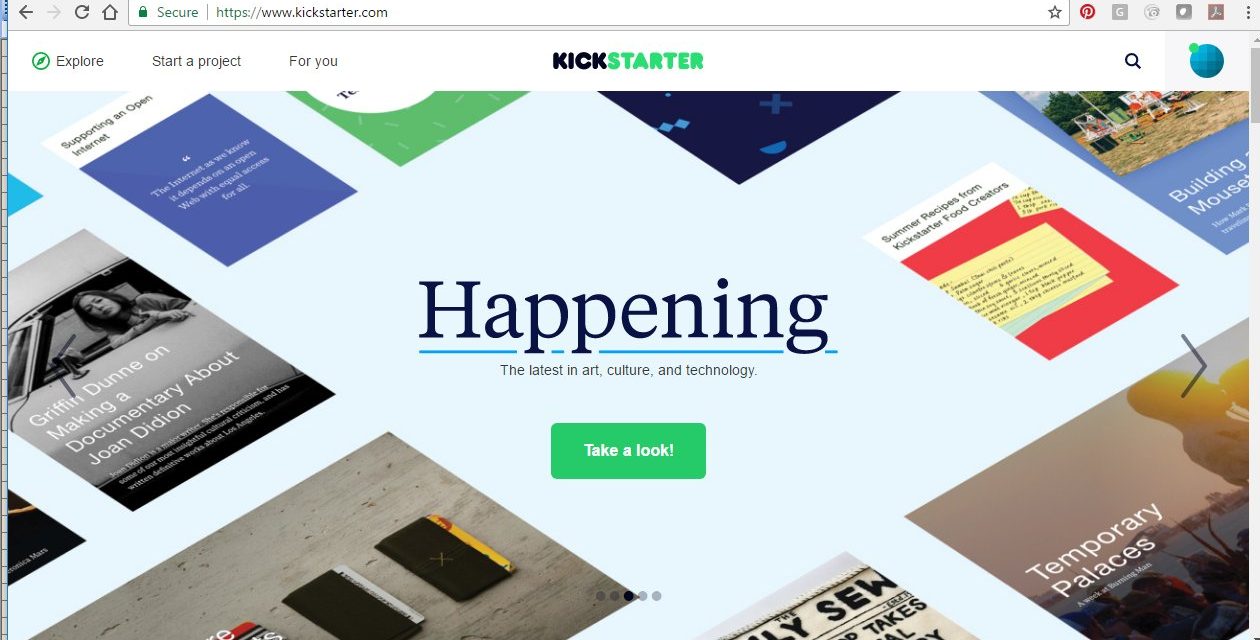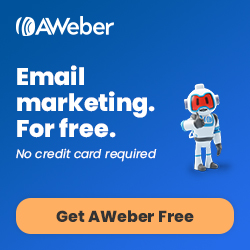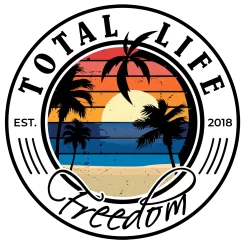Kickstarter is the world’s largest funding platform for creative projects. In 2011 they raised over $100 million for projects from the worlds of music, film, art, technology, design, food, publishing and other creative fields. A project must reach its funding goal before time runs out or no money changes hands, it’s an “all or nothing model”.
Using Kickstarter
One of the main advantages of Kickstarter is that it is free. They do offer full project funding. If you do choose to go this route they charge a 5% aggregate fee to funds collected. There is a 3-5% payment processing fee, but only if you collect funds. When you send something to Kickstarter the staff will review your project submissions and suggest modifications to you before you publish. They want to help you improve the quality of your pitch which will, in turn, help you to get more leads. As a project creator, you also get to keep 100% ownership of your work.
It’s not all rainbows and unicorns. Since Kickstarter has gained a lot of popularity it is hard to get noticed and in turn, will make it hard for you to reach your fundraising goals. One of the biggest disadvantages is that Kickstarter has an all or nothing approach. If you do not receive your fundraising goal you receive nothing. Any money that your pledges donated will go back to them. You also cannot pledge to your own campaign. If you get outsourced donations you cannot submit them. So, when you are decided whether to make a campaign you need to think to yourself if the pros outway the cons. Do you have what it takes to run a successful campaign?









